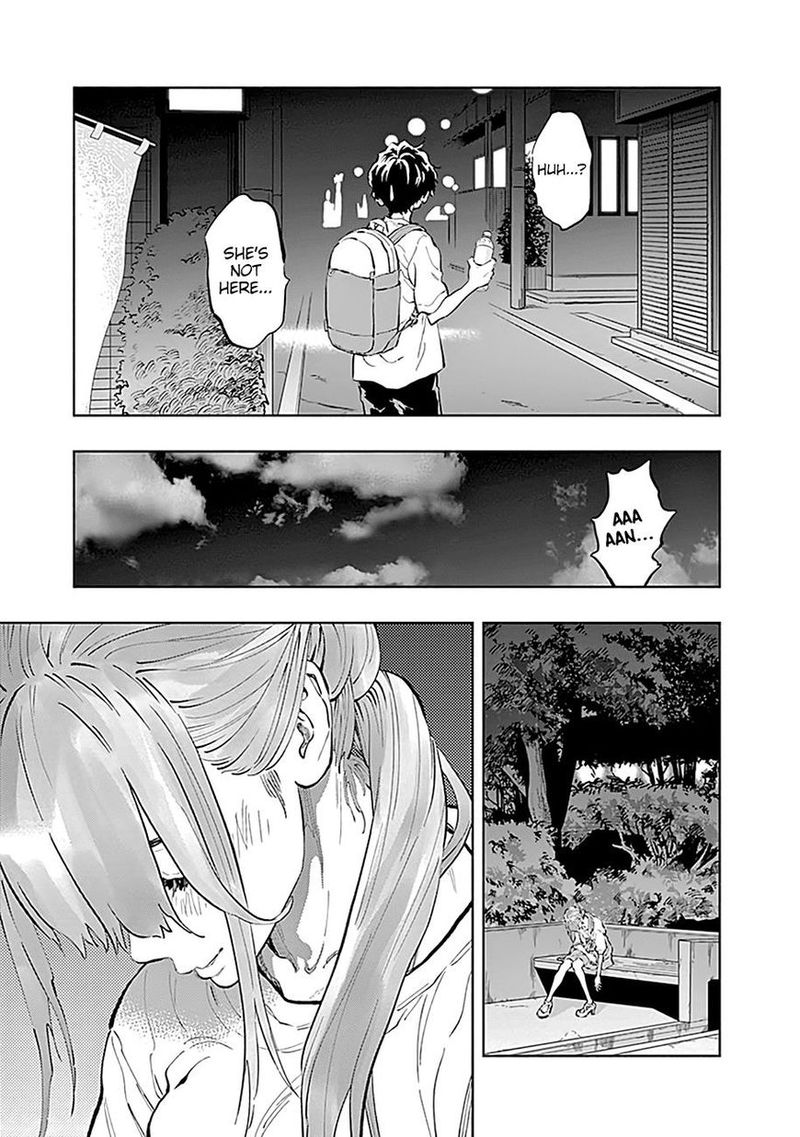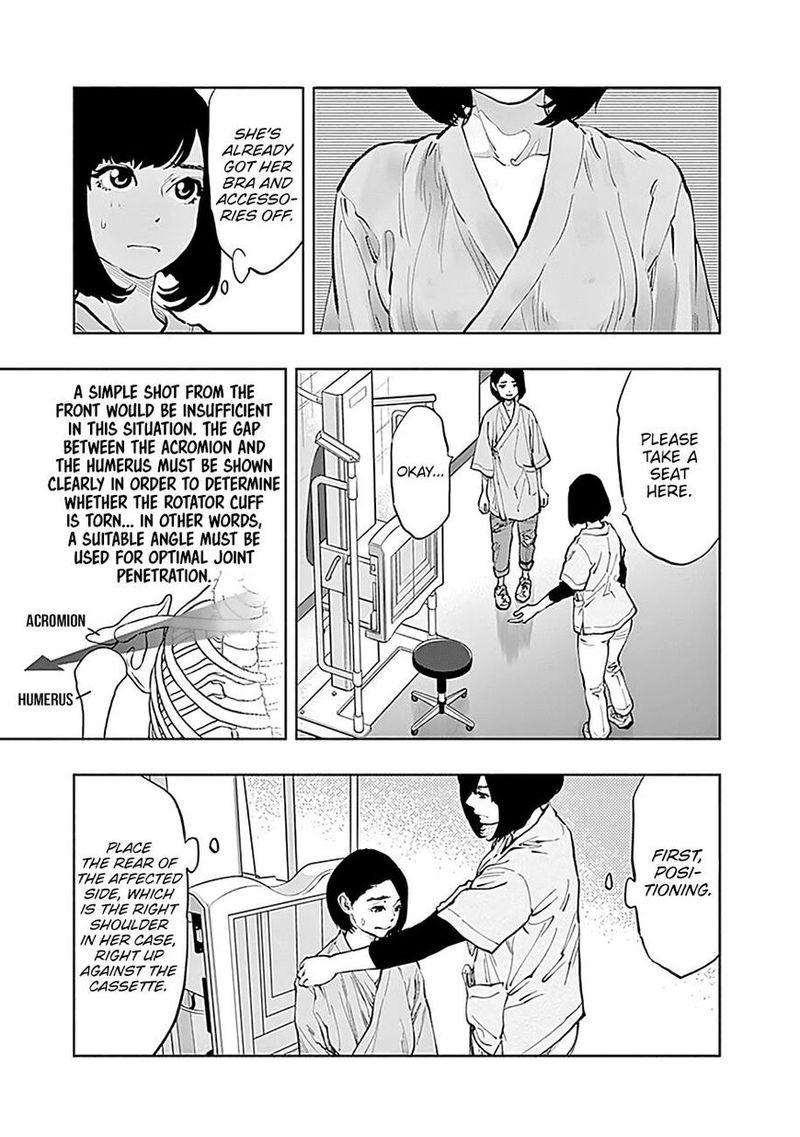

The government is intent on branding the nation as ‘cool’, and pop culture is part of the propaganda. These cross-media platforms in Japan are cleverly intertwined and marketed, and a crucial part of the globalisation of Japanese pop culture.

Contemporary Japanese media and advertising is saturated with aidoru (idols, or manufactured celebrities) and the culture of kawaii (cute) – most of which emanate from manga and anime, either in style or substance. Together they inspire film, video games, pop music and ‘character goods’ – such as figurines and hand towels. A vast amount of anime originates from manga and nearly every aspect of Japanese pop culture is rooted in a manga or anime story. Manga and anime have a close relationship. This unsavoury aspect of manga puts an unfortunate dent in what is otherwise a sophisticated fusion of art and media. But there are also some very problematic manga – pornographic and sexually violent stories, often depicting young girls.

There are manga for religion, cooking, sport and travel, and even pachinko (a kind of pinball gambling). The subject matter is diverse, everything from science fiction and romance to magical fantasy and history. However, these divisions are fluid and there is crossover between ages and genders. These are also categorised according to gender. The plethora of manga genres and subgenres is overwhelming – there are manga aimed at children, teenagers and adults. It’s difficult to compare manga to Western comics because the medium has its own visual language – essentially black-and-white frames that are read from right to left, but which include visual cues such as extreme close-ups of characters or details. Manga and anime are a ubiquitous part of modern daily life in Japan. At the heart of this multi-billion-yen industry are manga (comics or graphic novels) and anime (animation). Japanese popular culture delights and dazzles both domestic and international audiences with its technical artistry, imaginative storylines and aesthetic pleasures. Meanwhile, a ¥169 billion ($1.9 billion) Olympic stadium is being built in central Tokyo. There are still more than 240,000 people displaced by the triple disasters of 2011 and around 90,000 people are still in temporary housing. But Prime Minister Shinz ō Abe told the International Olympics Committee in 2013, before Japan won its bid for the 2020 Olympics, that there was no need for concern about the Fukushima situation because it was ‘under control’. Accidents, mishaps and cover-ups continue to plague the clean-up operation. The disabled reactors of the Fukushima Daiichi nuclear power plant are still spewing radiation and leaking contaminated water. It’s irradiated to an unknown degree, increasingly chauvinistic and, slowly but surely, re-militarising.Īs the 70th anniversary of the end of World War II approaches, there are some uncomfortable and disturbing echoes from the past – media censorship, talk of military conscription and serious economic problems. Japan, four years after the triple disasters of 11 March 2011 (‘3.11’), is sliding backwards into a nationalistic cocoon and preparing to switch the nuclear power stations back on. What I see, on the inside, is that the delights of Japan, which are attracting ever-increasing numbers of foreign tourists, are now tarnished by disaster and denial.

That’s how people I meet outside Japan seem to see it. A note field expanding on this can be included under the character's listing.From the outside, Japan seems so exotic, so ordered and so fun. Source is a brief definition of the character's power, such as "Inherent", "Mutant", "Magic", etc. ( Example: Dragon Ball instead of Dragon Ball Z or Dragon Ball GT.) This information is also listed in publication order.
#Radiation island manga series
In the cases of a series, the overall series is listed instead of the various sub-series. For characters from anime or manga the Series the character is associated with is given instead. This is used for characters from Western style sources. Publishers are the companies that actually published or produced the primary works featuring the character. It also includes media where the character later saw substantial use. This list encompasses fictional characters with the supernatural, paranormal or superhuman ability to produce and/or manipulate ionizing radiation.įor this list Media refers to where the character was first created for.


 0 kommentar(er)
0 kommentar(er)
